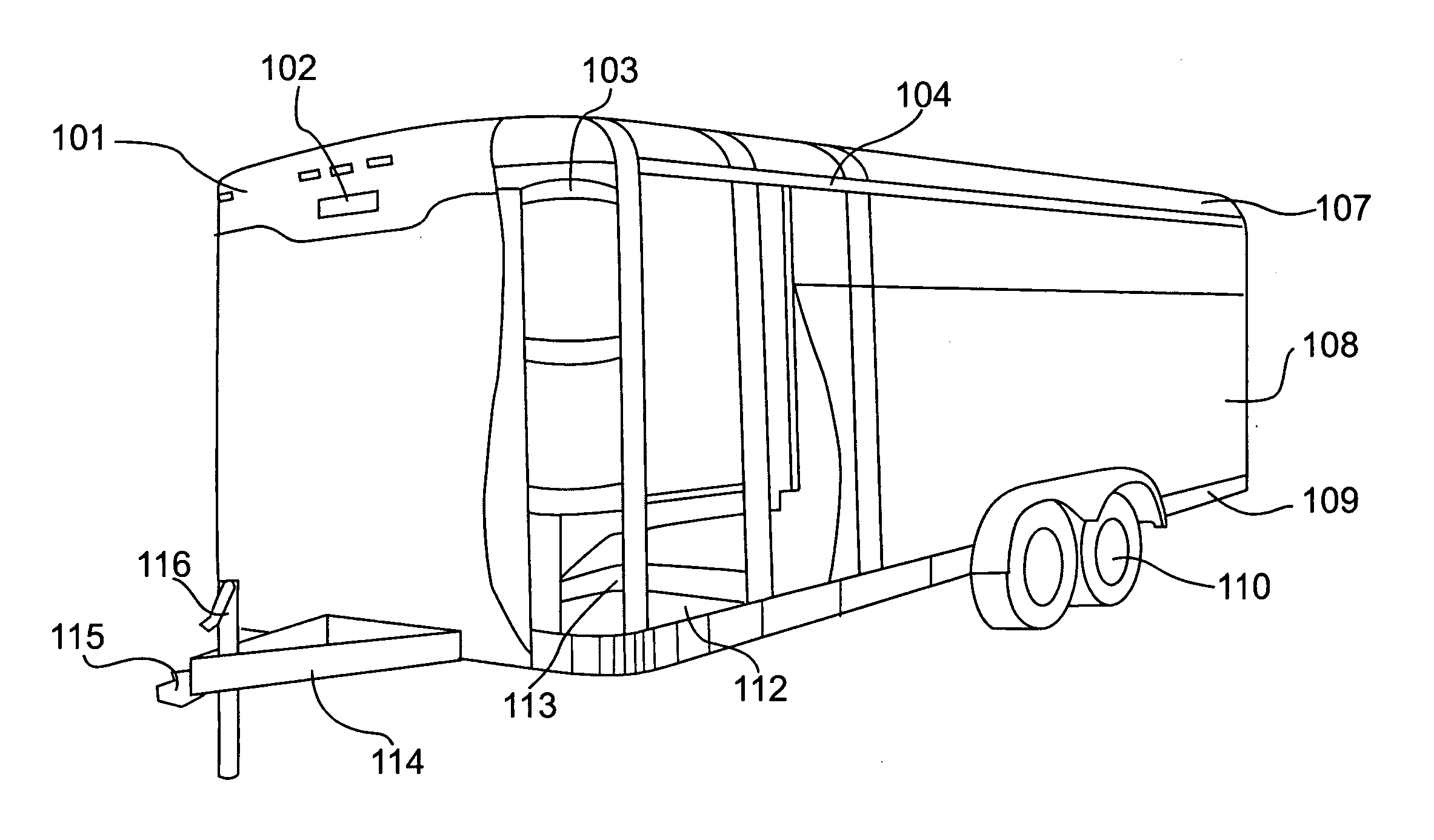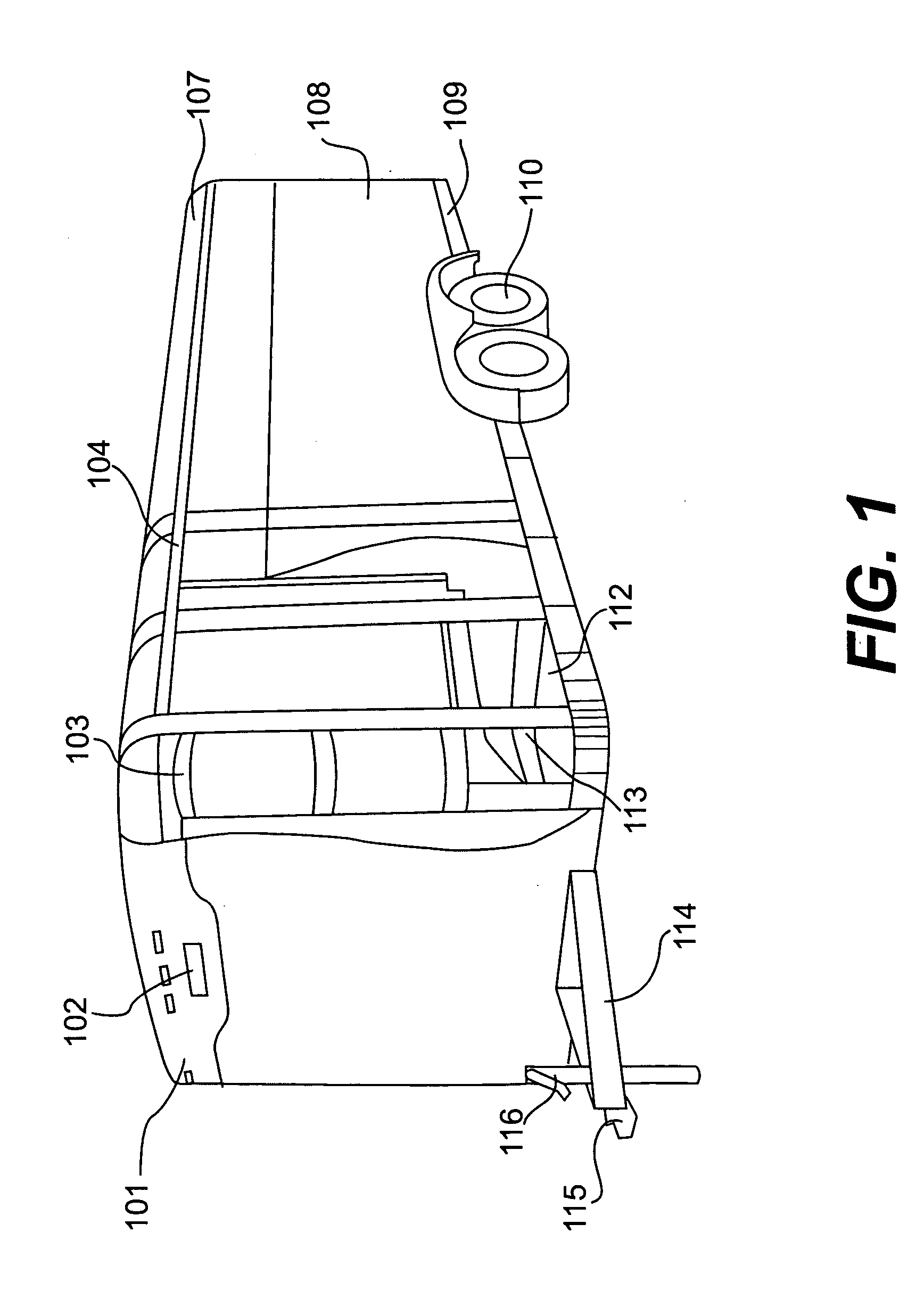Feedback control system and method for maintaining constant resistance operation of electrically heated elements
a feedback control system and constant resistance technology, applied in the field of adaptive feedback control system and method for controlling electrical heating of an element and maintaining constant resistance operation, can solve the problems of labor-intensive and cumbersome re-tuning task, detectable changes in the temperature of such filaments, and pid feedback control system, so as to achieve significant reduction or completely elimination of time delay usually caused by “warming-up” of instruments, and effective elimination of measurement errors caused by long-term drifting
- Summary
- Abstract
- Description
- Claims
- Application Information
AI Technical Summary
Benefits of technology
Problems solved by technology
Method used
Image
Examples
Embodiment Construction
[0048] U.S. patent application Ser. No. 10 / 273,036 for “APPARATUS AND PROCESS FOR SENSING FLUORO SPECIES IN SEMICONDUCTOR PROCESSING SYSTEMS” filed on Oct. 17, 2002 and Ricco et al. U.S. Pat. No. 5,834,627 is hereby incorporated by reference in its entirety for all purposes.
[0049] The term “steady state” as used herein refers to a state where the heating efficiency and the ambient temperature surrounding the electrically heated element are stable, and where the rate of temperature change on such heated element equals about zero.
[0050] The term “thermal mass” as used herein is defined as the product of specific heat, density, and volume of said electrically heated element.
[0051] The term “specific heat” as used herein refers to the amount of heat, measured in calories, required to raise the temperature of one gram of a substance by one Celsius degree.
[0052] In constant resistance operation, the feedback control mechanism is aimed at maintaining the heated element at constant resi...
PUM
 Login to View More
Login to View More Abstract
Description
Claims
Application Information
 Login to View More
Login to View More - R&D
- Intellectual Property
- Life Sciences
- Materials
- Tech Scout
- Unparalleled Data Quality
- Higher Quality Content
- 60% Fewer Hallucinations
Browse by: Latest US Patents, China's latest patents, Technical Efficacy Thesaurus, Application Domain, Technology Topic, Popular Technical Reports.
© 2025 PatSnap. All rights reserved.Legal|Privacy policy|Modern Slavery Act Transparency Statement|Sitemap|About US| Contact US: help@patsnap.com



